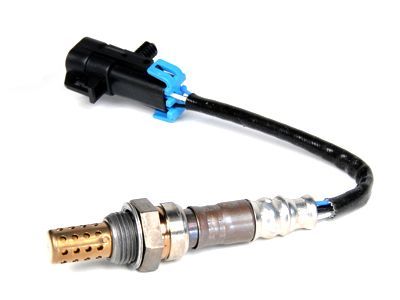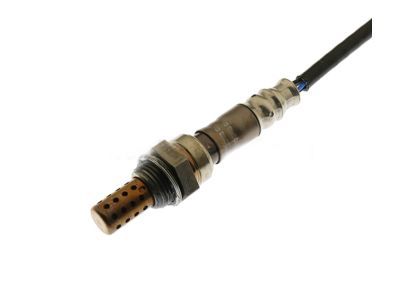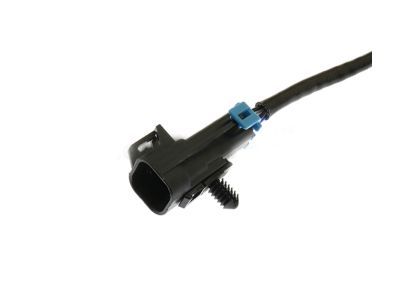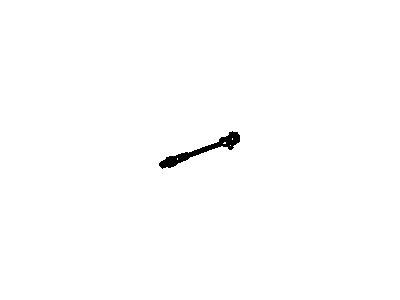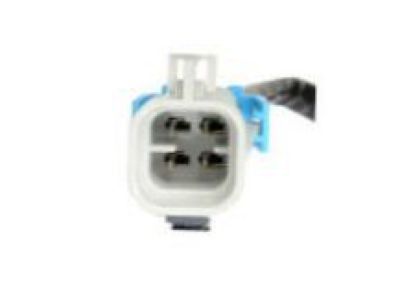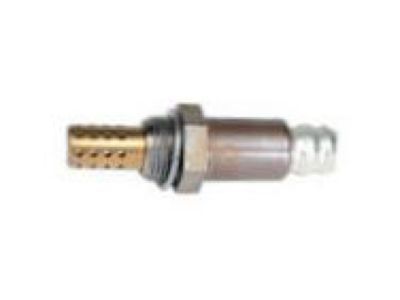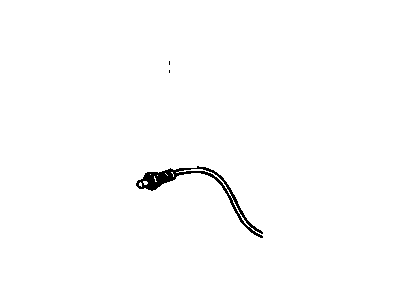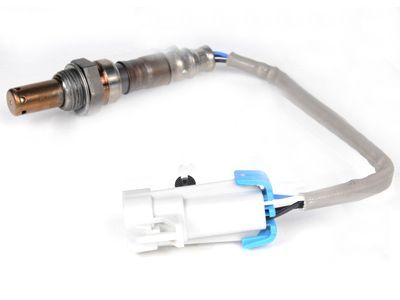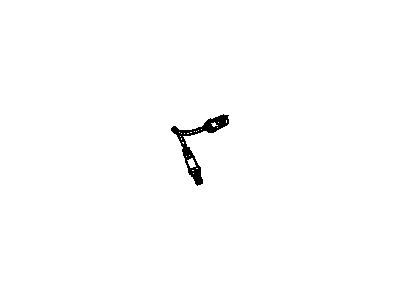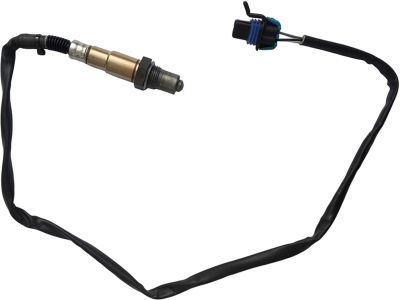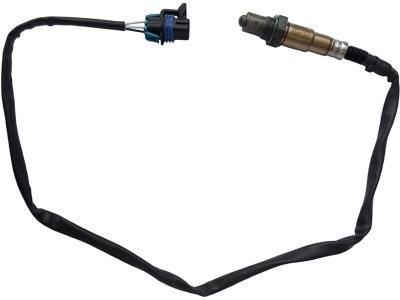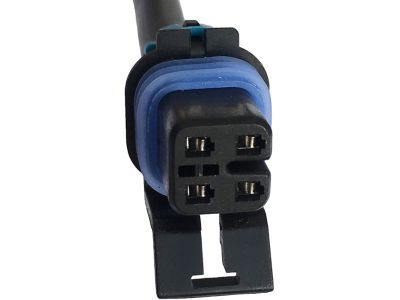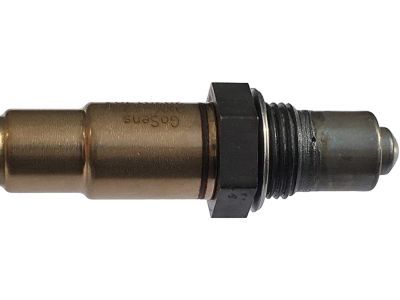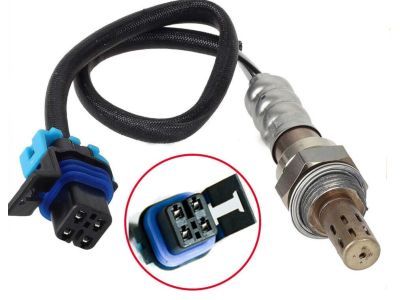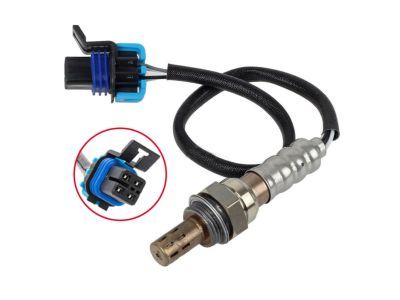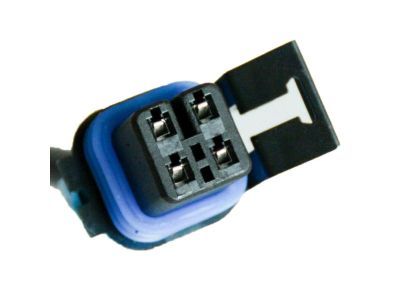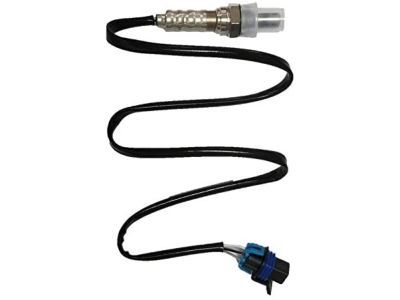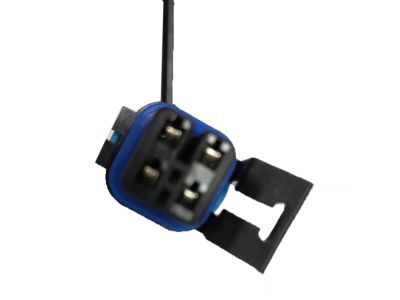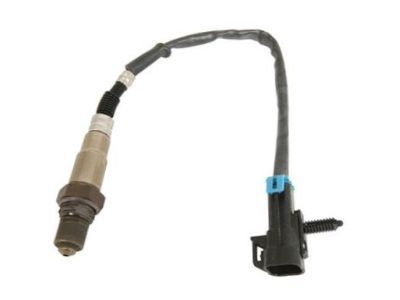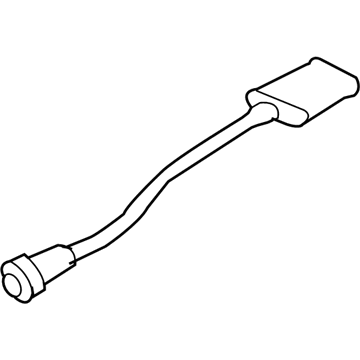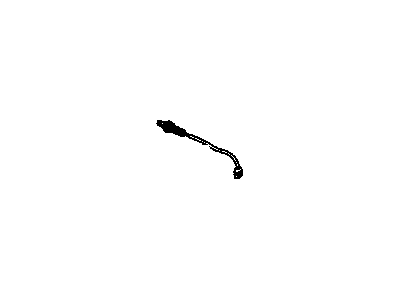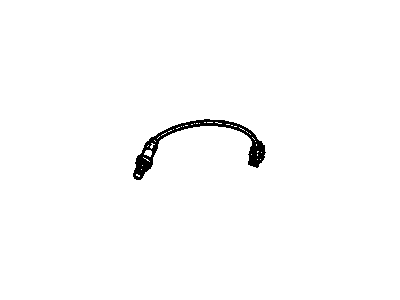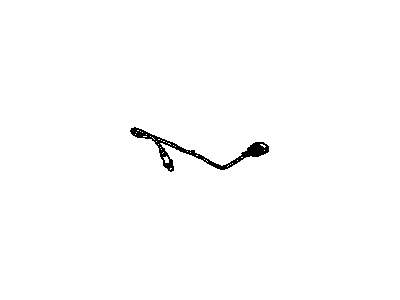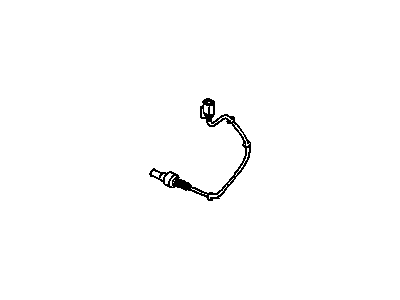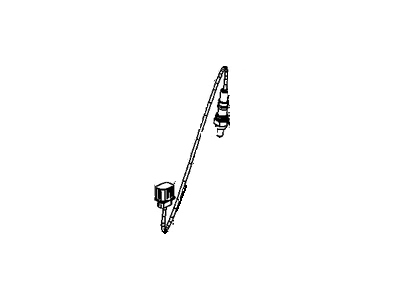
My Garage
My Account
Cart
Genuine Saturn Vue Oxygen Sensor
Oxygen O2 Sensor- Select Vehicle by Model
- Select Vehicle by VIN
Select Vehicle by Model
orMake
Model
Year
Select Vehicle by VIN
For the most accurate results, select vehicle by your VIN (Vehicle Identification Number).
13 Oxygen Sensors found
Saturn Vue Sensor Assembly, Heated Oxygen (Position 1)
Part Number: 12606671$45.63 MSRP: $93.10You Save: $47.47 (51%)Ships in 1-3 Business DaysSaturn Vue Sensor Assembly, Heated Oxygen (Position 1)
Part Number: 12580827$65.55 MSRP: $133.72You Save: $68.17 (51%)Ships in 1-2 Business DaysSaturn Vue Sensor,Heated Oxygen(Position 1)
Part Number: 12594452$53.96 MSRP: $110.06You Save: $56.10 (51%)Ships in 1-3 Business DaysSaturn Vue Sensor Asm,Heated Oxygen
Part Number: 12578576$84.12 MSRP: $171.60You Save: $87.48 (51%)Ships in 1-2 Business DaysSaturn Vue Sensor Asm,Heated Oxygen (Position 1)
Part Number: 19353381$130.34 MSRP: $244.38You Save: $114.04 (47%)Ships in 1-2 Business DaysSaturn Vue Sensor,Heated Oxygen(Position 2)
Part Number: 12597947$84.12 MSRP: $171.60You Save: $87.48 (51%)Ships in 1-2 Business DaysSaturn Vue Sensor,Heated Oxygen(Position 2)
Part Number: 12618010$43.47 MSRP: $122.93You Save: $79.46 (65%)Ships in 1-2 Business DaysSaturn Vue Sensor Assembly, Heated Oxygen (Position 1) *Black
Part Number: 12568234$55.21 MSRP: $112.62You Save: $57.41 (51%)Ships in 1-2 Business DaysSaturn Vue Sensor Assembly, Heated Oxygen (Position 2)
Part Number: 12608693$38.27 MSRP: $119.90You Save: $81.63 (69%)Ships in 1-2 Business DaysSaturn Vue Sensor,Heated Oxygen
Part Number: 24402859$28.85 MSRP: $54.44You Save: $25.59 (48%)Ships in 1-2 Business DaysSaturn Vue Sensor Asm,Oxygen (Position 2)
Part Number: 12601759$86.30 MSRP: $118.67You Save: $32.37 (28%)
Saturn Vue Oxygen Sensor
The Oxygen Sensor which is installed in Saturn Vue vehicles is important in measuring the amount of oxygen that is not burned in the exhaust thus helping in regulating the air to fuel mixture. Resolving to a voltage signal proportional to the oxygen concentration, the sensor indicates the engine control computer whether the mixture is enriched or diluted, and thus fuel injector's phase can be adjusted in real time. Saturn Vue employs zirconium dioxide oxygen sensors that can be the narrow band and the wide band sensors. Narrow-band sensors give varied rich/lean signals and the wide-band sensors give a wider range of reading for better control of air-fuel ratio. On the long run, these sensors may get spoilt by contaminants and this makes the amounts of emissions to increase while the fuel consumption decreases. This Oxygen Sensor necessitates constant checks and services so as to enhance the performance of Saturn Vue models.
Each OEM Saturn Vue Oxygen Sensor we offer is competitively priced and comes with the assurance of the manufacturer's warranty for the part. Furthermore, we guarantee the speedy delivery of your orders right to your doorstep. Our hassle-free return policy is also in place for your peace of mind.
Saturn Vue Oxygen Sensor Parts Questions & Experts Answers
- Q: How should one service an oxygen sensor to avoid damage and ensure proper installation on Saturn Vue?A:During repair or replacement of oxygen sensor, care must be taken especially because the oxygen sensor is fixed in the exhaust manifold or exhaust pipe and can be very tight to loosen when cold; you can turn the engine on for some ten to fifteen minutes before loosening the sensor or its holding nuts. Oxygen sensors have a pigtail that is an electrical connector that should not be damaged and should be left always installed; it is averse to having grease, dirt, and other contaminants get to the electrical connector and the louvered end of the sensor. Organic solvents should not be applied on an oxygen sensor, which is rather sensitive and should be handled gently, and not dropped. Check that the silicone boot covering the sensor is positioned in a manner that will not melt and cause problems when the sensors are operating. For the upper part of the engine compartment, the upstream oxygen sensors require the removal of the engine cover, the disconnection of the electrical connector, and unclipping the connector before the removal of the sensor. If it is to reinstall the old sensor apply anti seize compound on the threads while new sensors come with it pre-applied. Downstream oxygen sensors usually lie beneath the car or at the lower end of the catalytic converter on later V6 models or years On early models, raise the car securely, find the sensor, and disconnect the electrical connector and any wiring bracket that may exist. In the subsequent models of V6, the left transaxle mount may require to be removed in order to gain access. Disconnect the downstream sensor, if reinstalling the original sensor, apply anti seize as required, reverse the procedure under installation and tighten the sensor properly.
